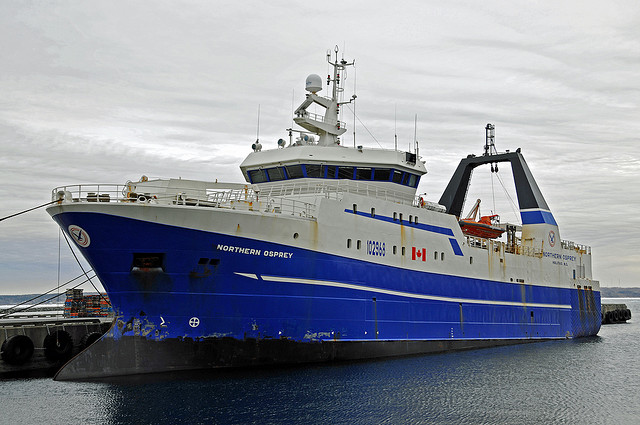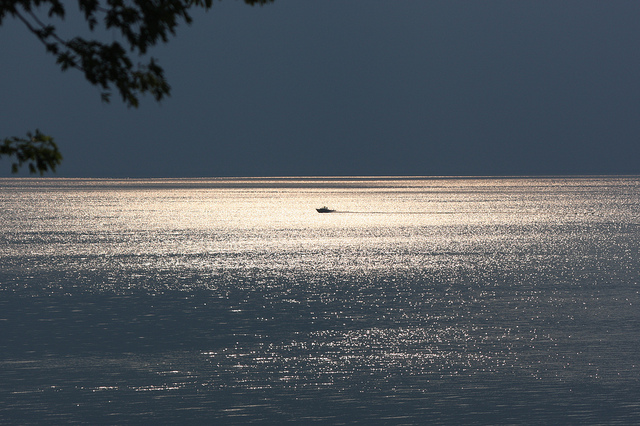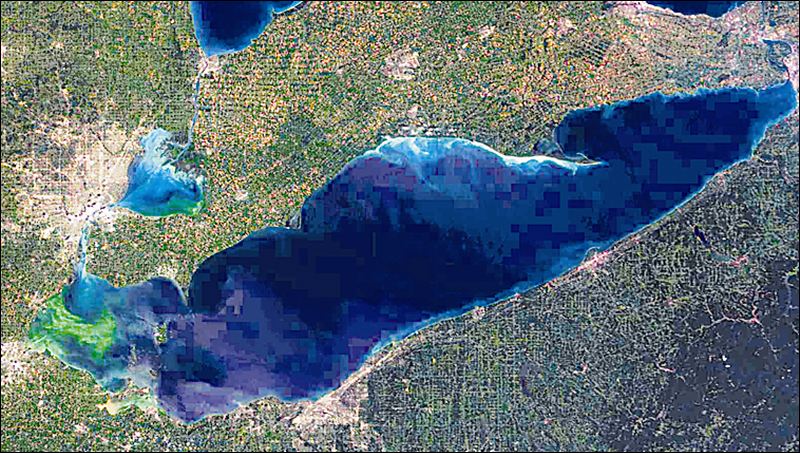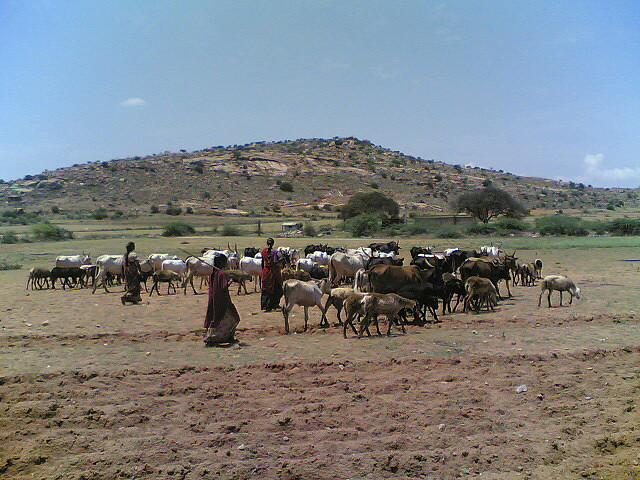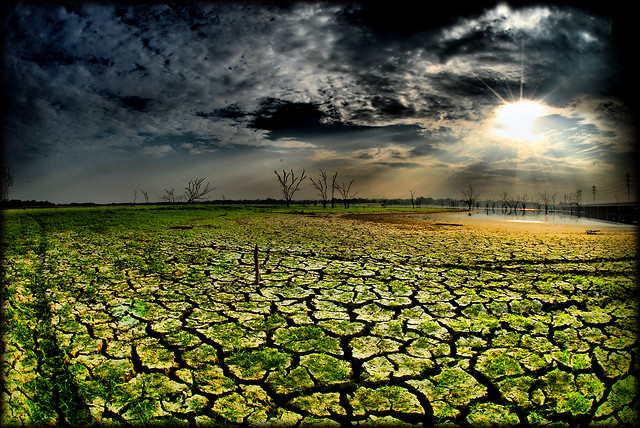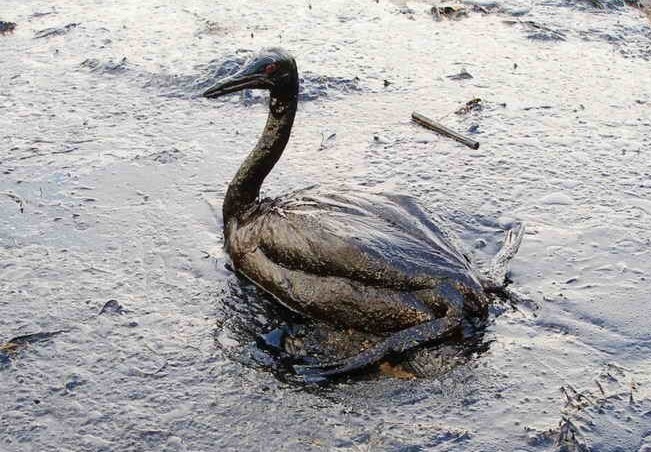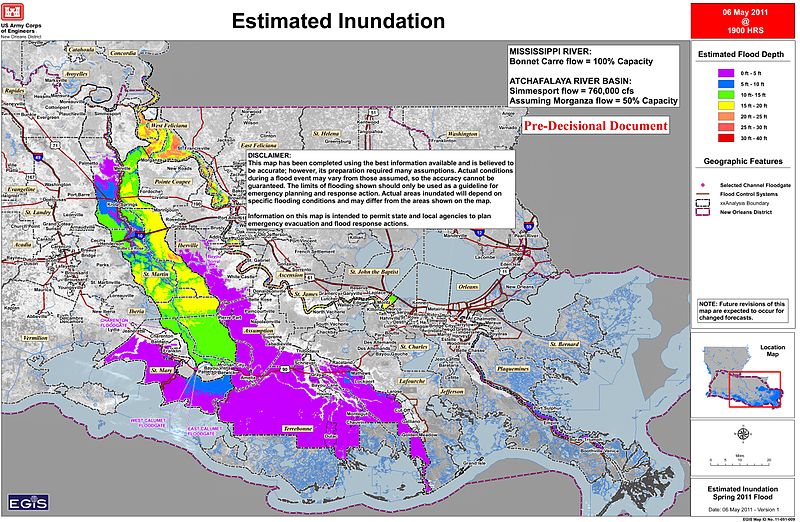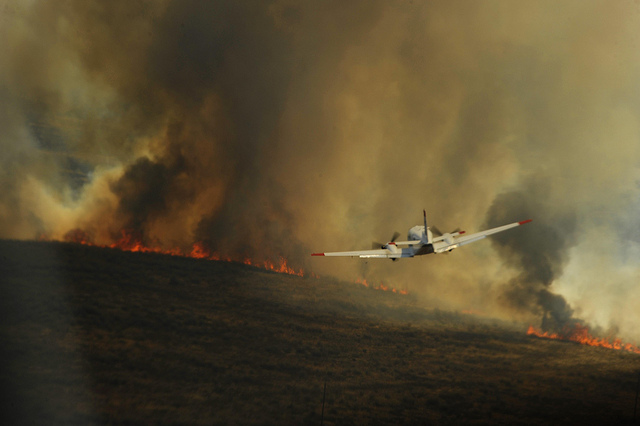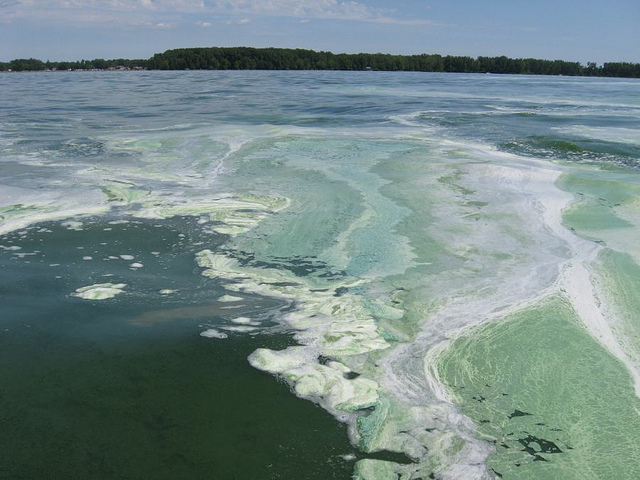Podcast: Play in new window | Download
Subscribe: RSS
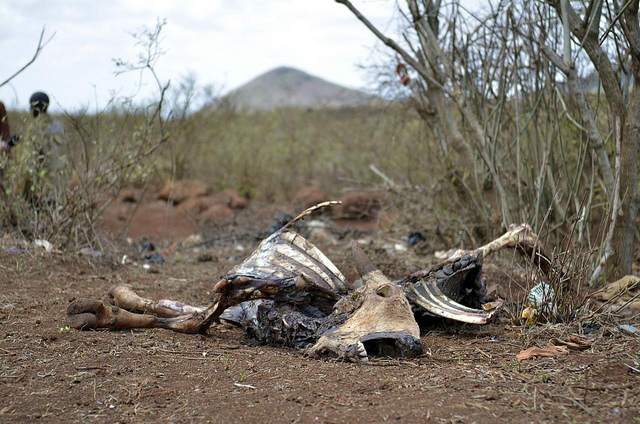
A cow’s carcass in Northern Kenya, photographed last week, testifies to the reality of what happens when the water runs out. And it is running out. (Photo courtesy CIAT The International Center for Tropical Agriculture/Flickr)
The burgeoning world population, already grown far beyond the numbers the planet can sustain, is increasing its consumption of water twice as fast as it is growing, according to the World Resources Institute. In a world already profoundly short of clean water, where the number of people is ratcheting upward past seven billion, in which global climate change is spreading drought across vast areas, this means, in the words of a WRI expert, that “we have a significant challenge on our hands.” To translate from the scientese: her hair’s on fire and she’s screaming “Brace for Impact!”
